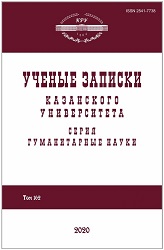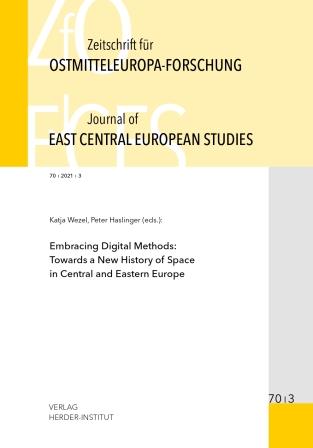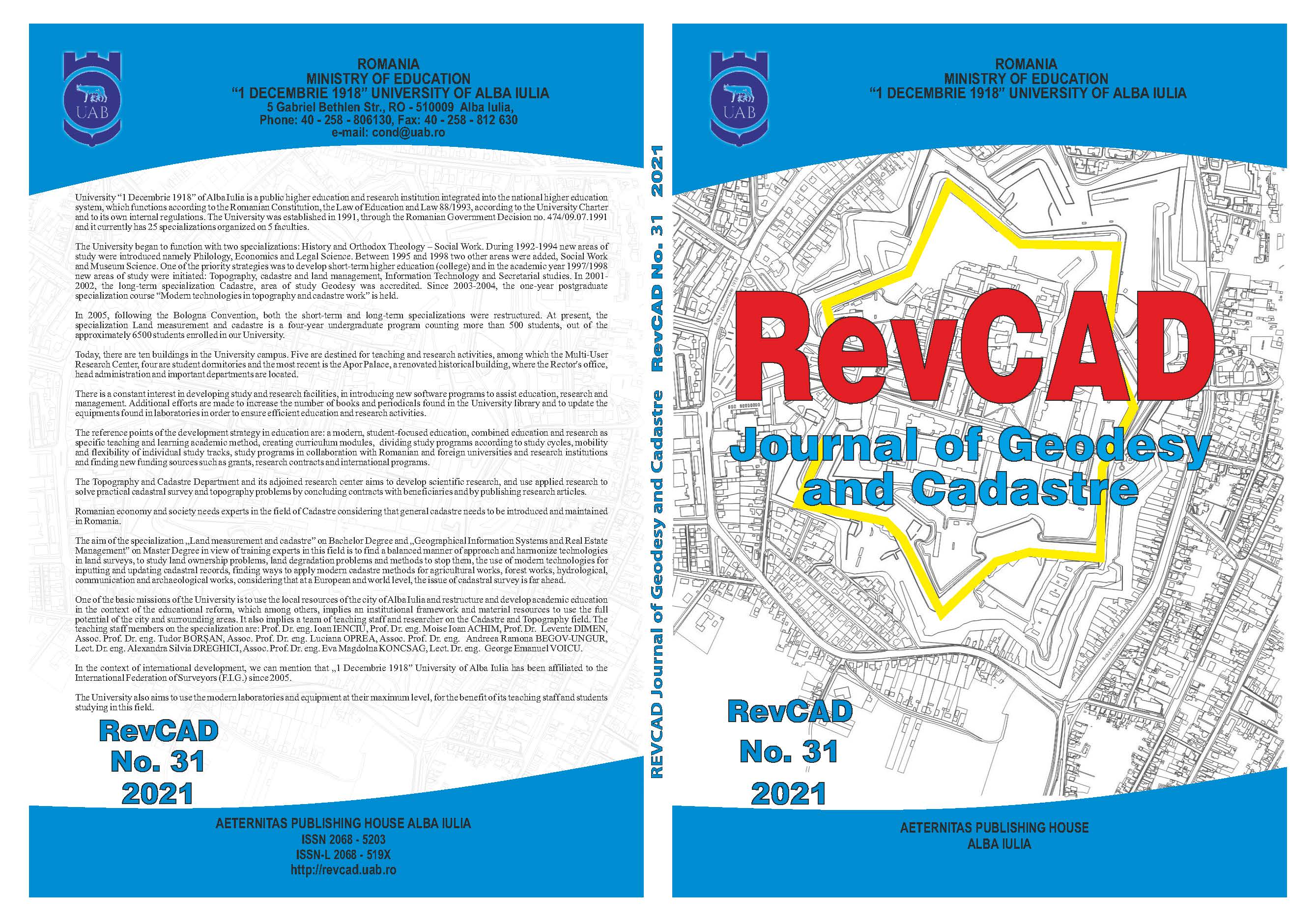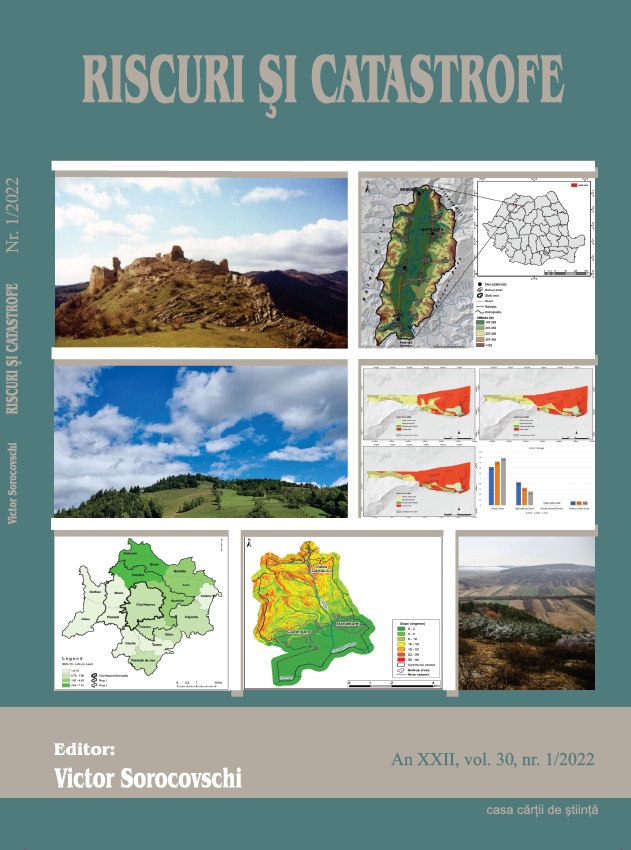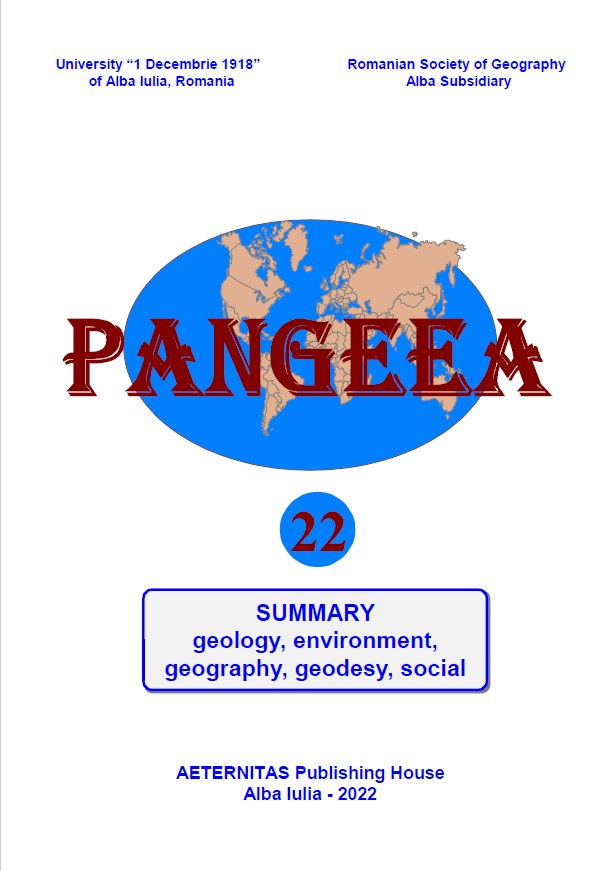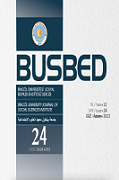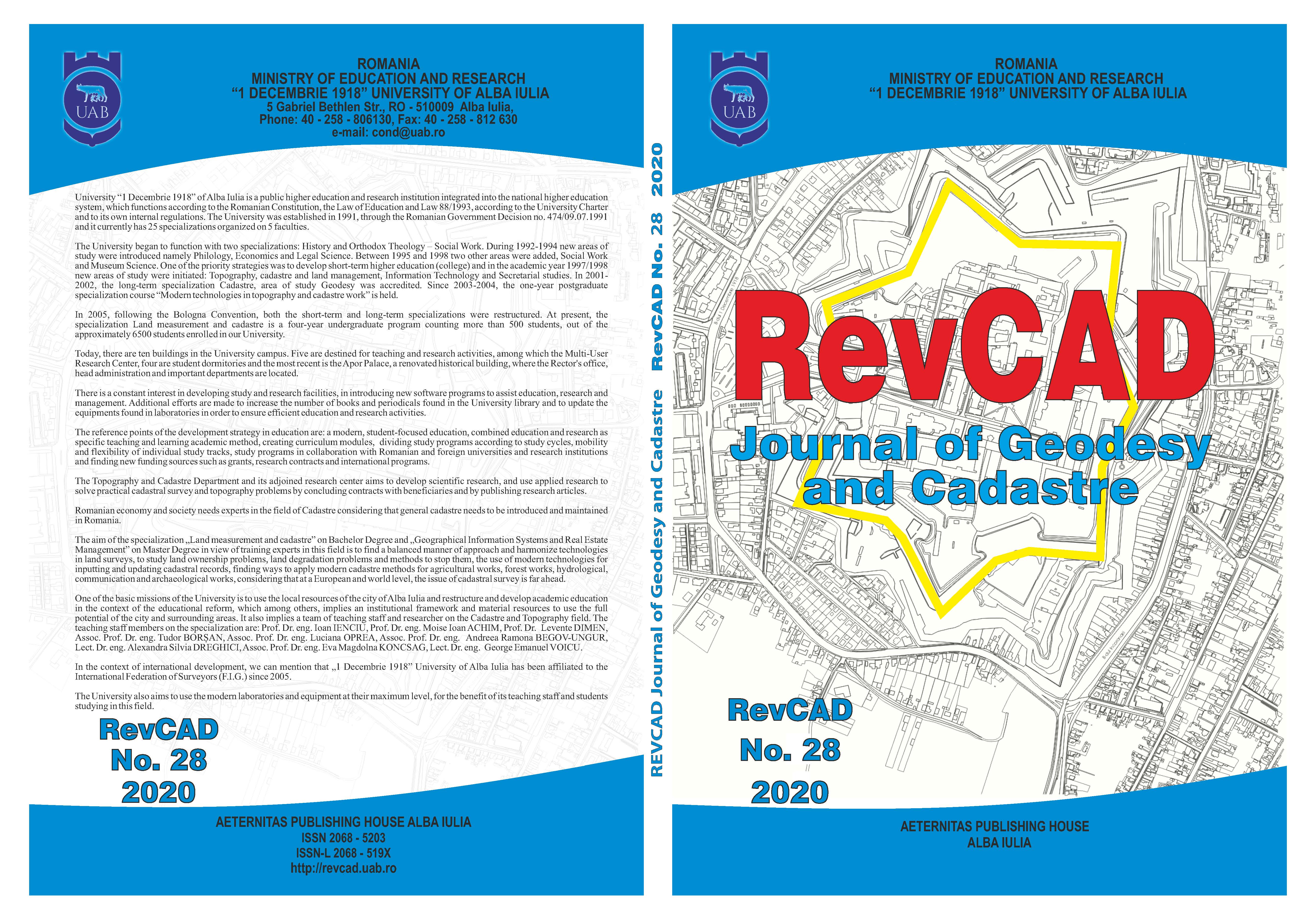
Topo-Cadastral Works for the Modernization of Forest Roads in Avram Iancu Commune in Order to Increase the Economy and Investments in the Region
For the modernization of Avram Iancu commune, it is proposed to access the European funds by the commune City Hall, for the introduction of urban networks, rehabilitation of adjacent roads, as well as restoration of tourist attractions existing in the area. The need to carry out road modernization works resulted from the fact that the road network has a special importance because it facilitates the mobility of the population, raw materials and finished products.The present paper presents the succession of topo-cadastral works performed in order to prepare the cadastral documentation which represented the basis for the modernization works of the forest roads in Avram Iancu commune.The realization of this project was necessary for the capitalization of a tourist area, in order to increase the economy and investments in the region.
More...
